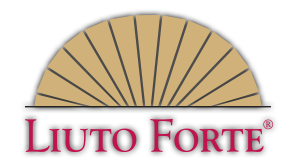Historical Liuti forti
Archlute, theorbo and gallichon could be called the first “loud lutes” (liuti forti). From today’s point of view they mark the beginning of a process which leads directly through the angélique and J. S. Bach’s single-strung baroque lute to the Liuto forte of the 21st century.

Fig: anonymous 17th century French painting, Metropolitan Museum of Art, New York:
Archlute with 6 fingerboard and 7 bourdon strings
Fig: Louis Finson (between 1574 and 1580 – 1617): “Musical Company”
Archlute with 6 fingerboard and 6 bourdon strings
Fig: Bellerofonte Castaldi (um 1580 – 1649) from his book “Capricci a Due Stromenti”, 1622
Archlute with 6 fingerboard and 6 bourdon strings
Fig: John de Criz (attributed) 1551 or 52 – 1641: „Lady Mary Wroth“
Theorbo with 6 fingerboard and 8 bourdon strings

Fig: Angélique with 10 fingerboard strings and 6 bourdon strings by Johann Christoph Fleischer, Hamburg, c. 1700,
State Library of Mecklenburg-Western Pomerania (Schwerin) Source: Fotodesign Klose, Schwerin





